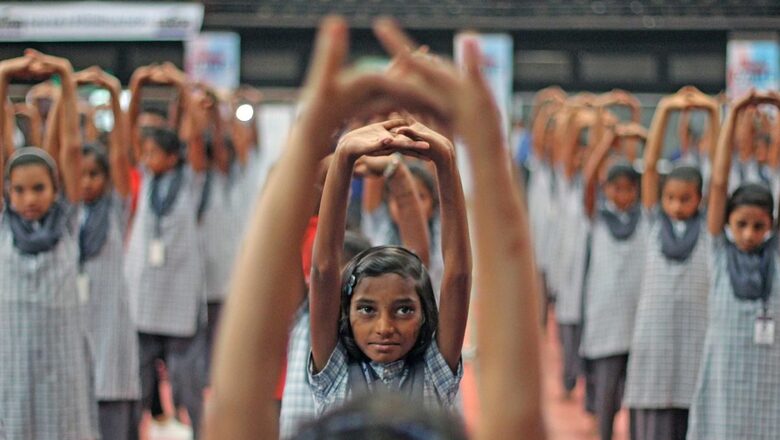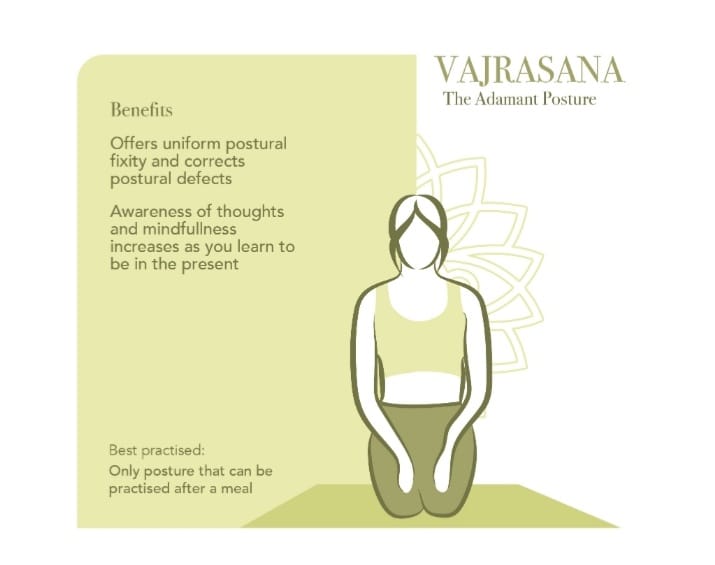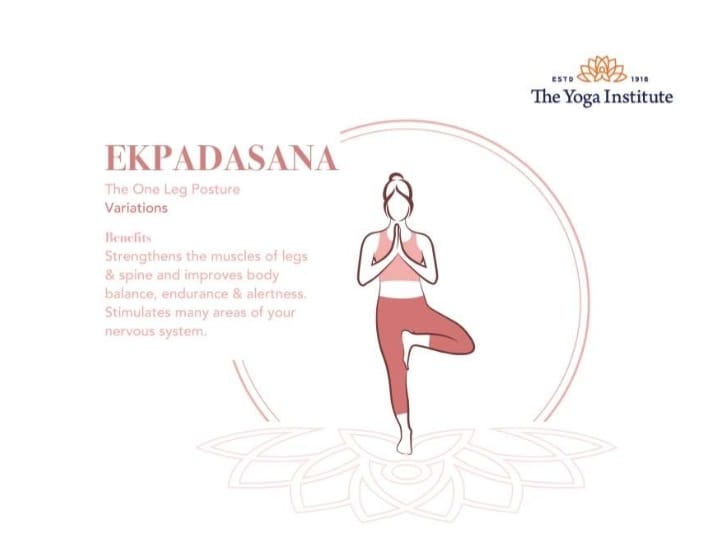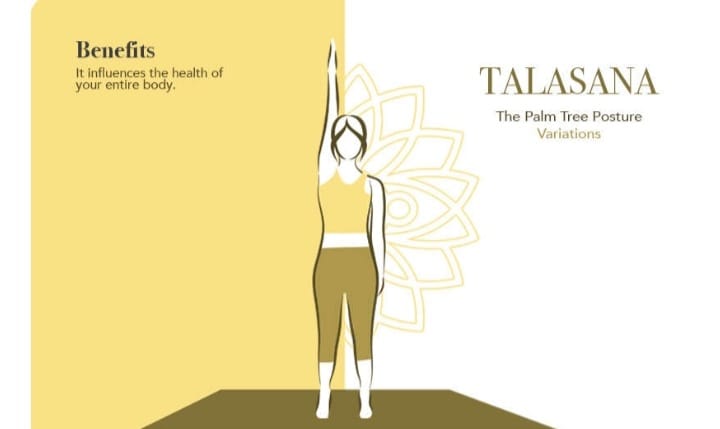
views
Parents are well aware of Yoga’s benefits for juniors and there’s a rising trend of making children join Yoga classes and camps during holidays. Children enjoy these classes, and are excited to learn different stretches and poses and the various chants and meditation.
Yoga’s great potential for improving children’s overall health and wellbeing is very well known: it gives them stamina to get through their rigorous schedules of academics, sports and other activities. Concentration, memory and attention span get better; fidgetiness and nervousness are reduced, and it gives control over impulses and emotions.
Even beyond all this, regular practise gives children an understanding of right versus wrong, and instils calmness, confidence and resilience.
HOME PRACTICE FOR FULL BENEFIT AND AS INSURANCE
A little bit of Yoga in the children’s routine at home, beyond the camps and classes, is how the full benefits will percolate into the body and personality.
If parents can put in that bit of extra effort, children can learn to integrate Yoga with ‘life’, rather than view it as just another form of exercise or hobby.
Also, they would know they can turn to Yoga for health, strength and resilience when facing challenging times in future.
BE THE CHANGE — MAKE SPACE — MAKE IT FUN
We asked Yoga guru Dr Hansaji Yogendra what parents can do to get children to look forward to Yoga and also accept it as a valuable practice for well-being. Here are her tips:
• Parents can lead by example through their own regular practice. Highlight how Yoga improves focus and resilience, tell them how it has enhanced your daily life. Share stories of how Yoga has helped other people cope with stress and challenges.
• Create a cheerful and comfortable space for practice.
• Organise group sessions with their friends. This will encourage them to develop social skills. Lighting a lamp or incense can be a part of the ritual. Involve children in the ‘setting-up ritual’.
• Be patient and flexible, adjust to their moods, and allow breaks. You may have to adjust session durations that match their attention span as they grow.
• Make it engaging and enjoyable by incorporating stories and games. Utilise books, videos, and online materials.
• Let (older) children choose the poses and sequences they wish to follow.
• Encourage consistency and slowly move to a meaningful routine.
• Include, in the process, creating an awareness about their own body. For instance, by watching their breath flow in and out. Let them close the eyes and feel the air go into the nostril, throat, windpipes and lungs, and how the chest and abdomen expand.
• Give them an experience of silence: make them sit with eyes closed for two minutes before and after the sessions.
• For older children, 12 years onwards, consider attending ‘family Yoga classes’ for bonding and shared experiences.
Dr Jayadeva Yogendra, former director of Yoga Institute, Santacruz, suggests, in his book Yoga of Caring* that children be made to experience peace: “Otherwise the word ‘peace’ has no sense, they have no inner experience to support that statement… Create noise, then take them to the seashore, lakes and let them feel the peace and ask them whether they enjoy it.”
FOUR WONDERFUL ASANAS FOR CHILDREN
While Yoga as a ‘way of life’ has to be subtly ingrained, and Yoga practice must be continued, remember that all senior Yoga gurus caution against teaching young children many poses. This is because their soft and developing spinal columns, joints and organs are not equipped to handle the pressure and the other subtle effects of Yogic practice. Classical Yoga’s recommendation is to start elaborate Yoga practice at age 12.
Here are four poses for health, stretching, discipline, concentration, and relaxation. These can be initiated early on, at age six — unless contraindicated. Each child’s inclination and capacity is different. Do check with your physician or paediatrician first.
VAJRASANA (Adamant pose)
This is for overall qualities of strength. This pose improves digestion and can also be made a post-dinner ritual. Vajrasana helps overcome ‘growing pains’ in the legs. It corrects posture and strengthens the hips, thighs and organs in the lower abdomen. It is a meditative pose and helps to calm the mind and increase concentration.

Steps:
Kneel on the mat with spine straight, shoulders and abdomen relaxed. Keep the knees together, heels apart and toes together.
Lower the body and rest in the cavity of the heels. Keep the palms near the knees, facing down.
Close the eyes gently and observe the breath at the nose, going in and out.
Sit in this pose for 3-5 minutes.
EKPADASANA (One-legged pose)
Children find this one-legged Asana fun. It strengthens the leg and spine muscles. It develops concentration, balance, and a sense of equilibrium. It helps the cause of ‘mindfulness’ and helps calm the mind.

Steps:
Stand with feet together and hands by the side.
Lift the right leg with the help of the hands, and bring the sole to press against the left inner thigh. Toes should point down and heel to be close to the groin. Avoid touching the knee.
Balance the body and then join the palms in a prayer pose. Fix the gaze at a point ahead, for better balance.
Maintain the pose for a few seconds, breathing normally.
Release the leg, and repeat with the opposite leg.
(Note: It is recommended to get a sense of the child’s preparedness before including this Asana.)
TALASANA (Palm Tree pose)
This is a stretching Asana with all-round benefits, which children enjoy doing. It helps in increasing height, boosting neuro-muscular coordination, developing lung capacity, helping circulation, toning the abdomen and leg muscles, and improving the flexibility of the spine. It improves concentration and gives a feeling of achievement.

Steps:
Stand with hands at the sides, maintaining one-foot distance between the feet. Keep the body straight, chin drawn in, and focus the eyes at a point ahead.
Inhaling, raise both heels and simultaneously lift the right arm from the front and stretch upward, above the head. Keep the arm close to the ear, palm turned inwards, pointing to the ceiling.
Next, turn the palm outward and, exhaling, bring it down from the side. Simultaneously, lower the heels back to normal position.
Repeat with the left arm. This completes one round. Do three rounds.
PARVATASANA (Mountain pose)
This is for mountain-like qualities of strength and grounded-ness. Also for stretching and strengthening the spine, abdomen area and back.

Steps:
Sit cross-legged on the floor. Keep the back straight, shoulders relaxed, head straight, hands on the sides.
Breathing in, raise arms sideways, palms facing up, and join them in a ‘Namaste’ pose above the head, arm close to the ear. Feel the stretch.
Exhaling, turn the palms outward and bring back them back to the floor.
Repeat thrice.
End the session with three rounds of deep breathing — or ‘Om’ chanting — and then two minutes of silence.
*Yoga of Caring: Talks delivered by Dr. Jayadeva and Dr. Hansaji Yogendra; published by the Yoga Institute Santacruz, 1997
The author is a journalist, cancer survivor and certified yoga teacher. She can be reached at [email protected].

















Comments
0 comment